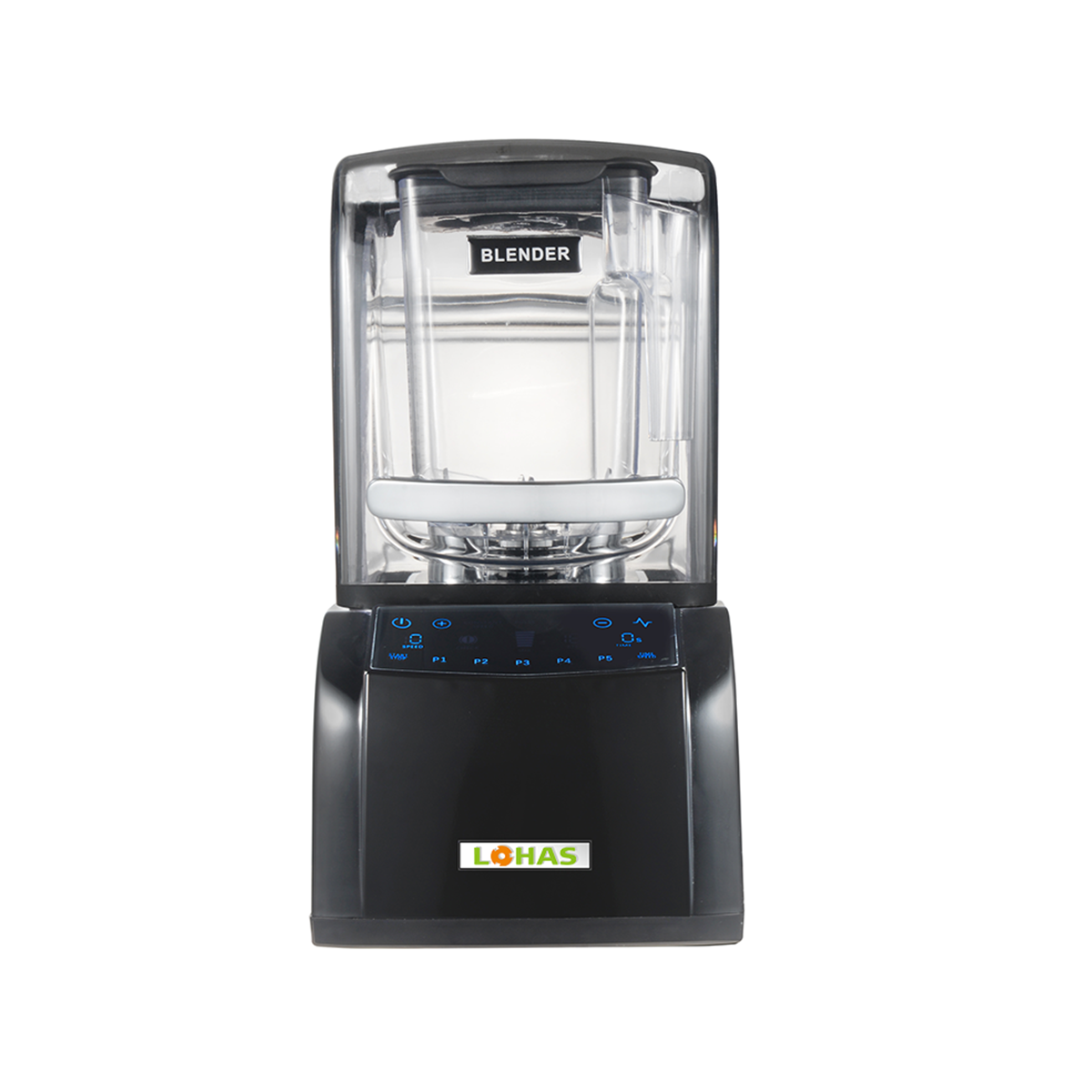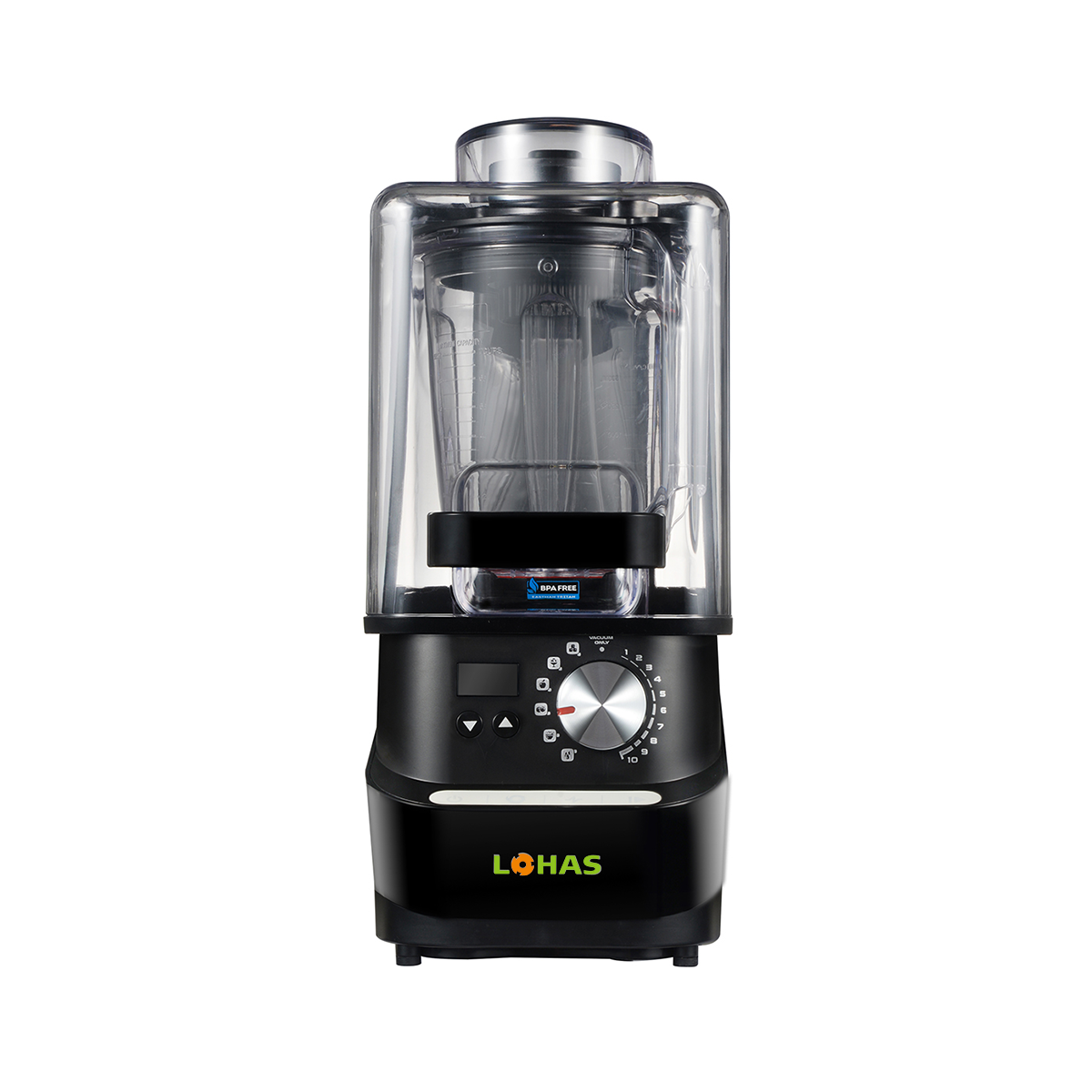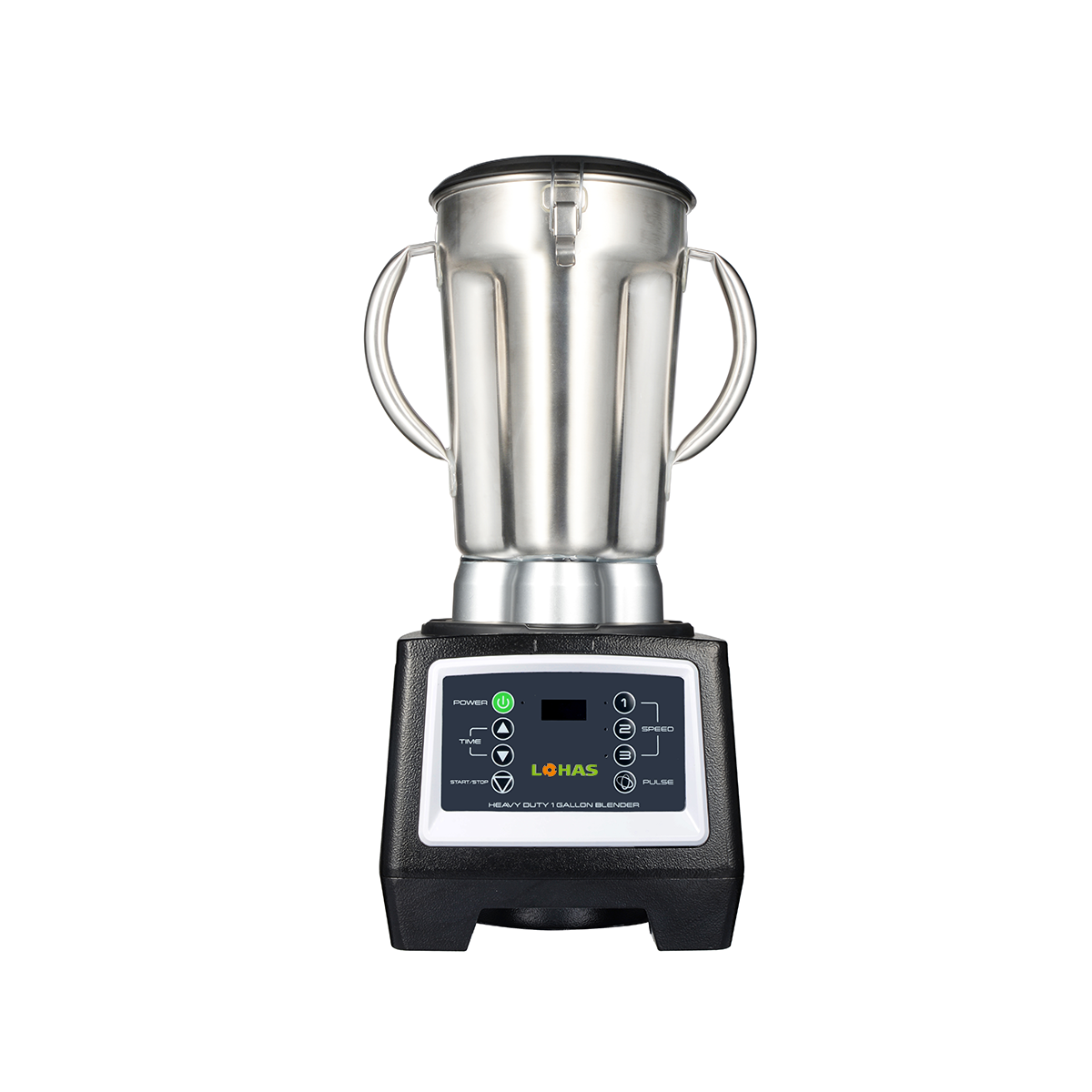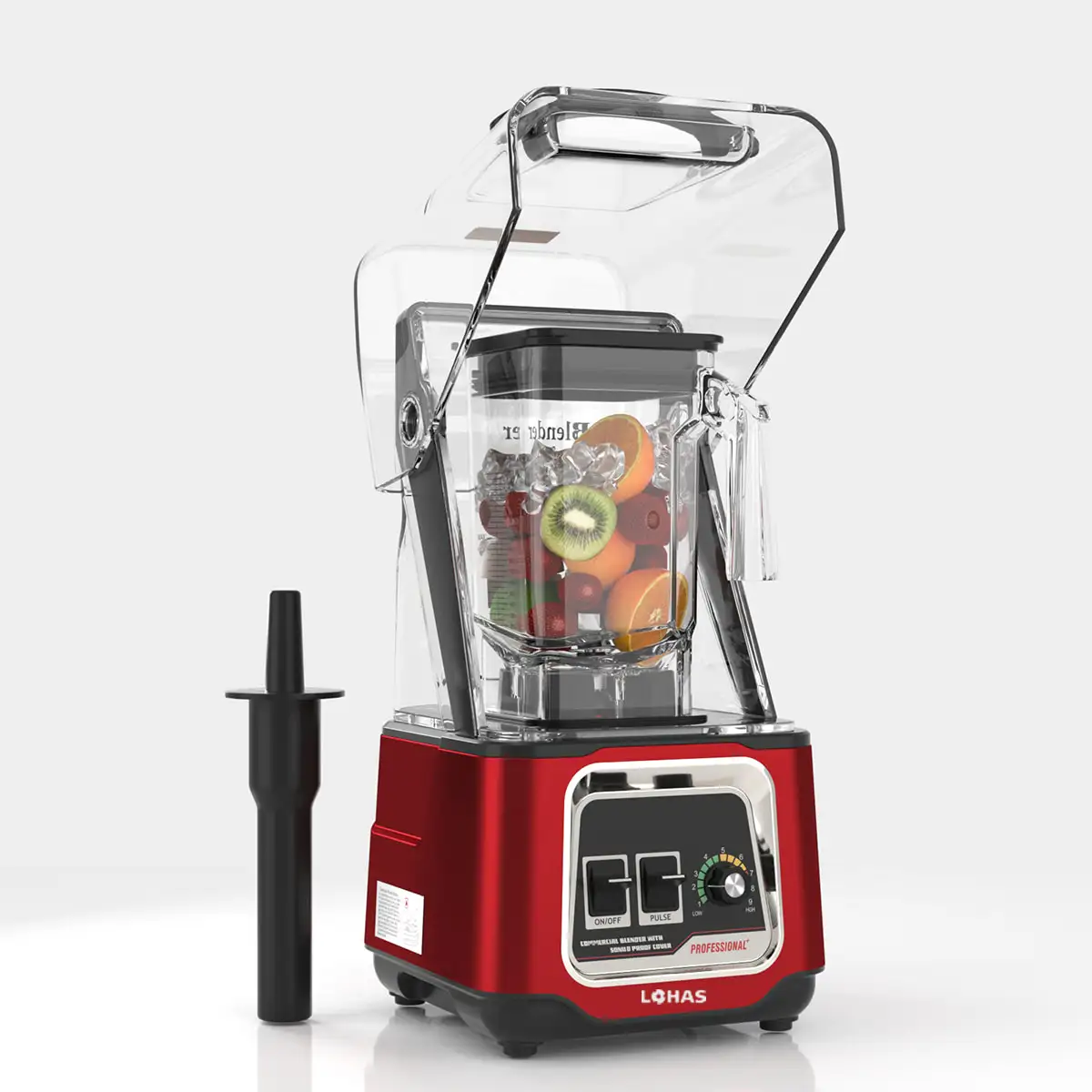Blending Innovation with Daily Culinary Needs
In the evolving world of commercial foodservice, efficiency, consistency, and performance are at the heart of kitchen operations. One of the most indispensable tools in this environment is the commercial blender machine. Unlike basic home blenders, a commercial blender machine is engineered to handle large volumes, tougher ingredients, and extended use. From smoothies and soups to sauces and frozen beverages, it can support a variety of culinary creations. For restaurant owners, caterers, and cafe operators, this device isn’t a luxury—it’s a necessity that shapes productivity and output quality.
Core Benefits of Using a Commercial Blender Machine
Higher Capacity for Faster Output
A commercial blender machine typically boasts a larger jar and more powerful motor, making it ideal for preparing multiple servings at once. This is crucial for establishments experiencing peak-hour demands. The ability to blend in bulk without sacrificing texture or consistency speeds up service time and boosts customer satisfaction.
Durability Designed for Frequent Use
Unlike standard blenders, commercial-grade models are built for constant operation. With reinforced components such as stainless-steel blades and heavy-duty bases, they ensure long-term reliability. This durability translates directly to reduced downtime and maintenance costs, enhancing operational efficiency.
Features That Set Commercial Blenders Apart
Precision Speed and Control Settings
A good commercial blender machine comes equipped with variable speed options and programmable settings. This enables chefs to achieve precise textures, whether it’s for creamy soups or chunky salsas. It also helps reduce waste by ensuring accurate blending every time.
Noise Reduction Technology
Many modern commercial blender machines are designed with sound enclosures or dampening systems. This is especially important in open-kitchen concepts or quiet cafes. Lower noise levels contribute to a better customer experience without sacrificing blending power.
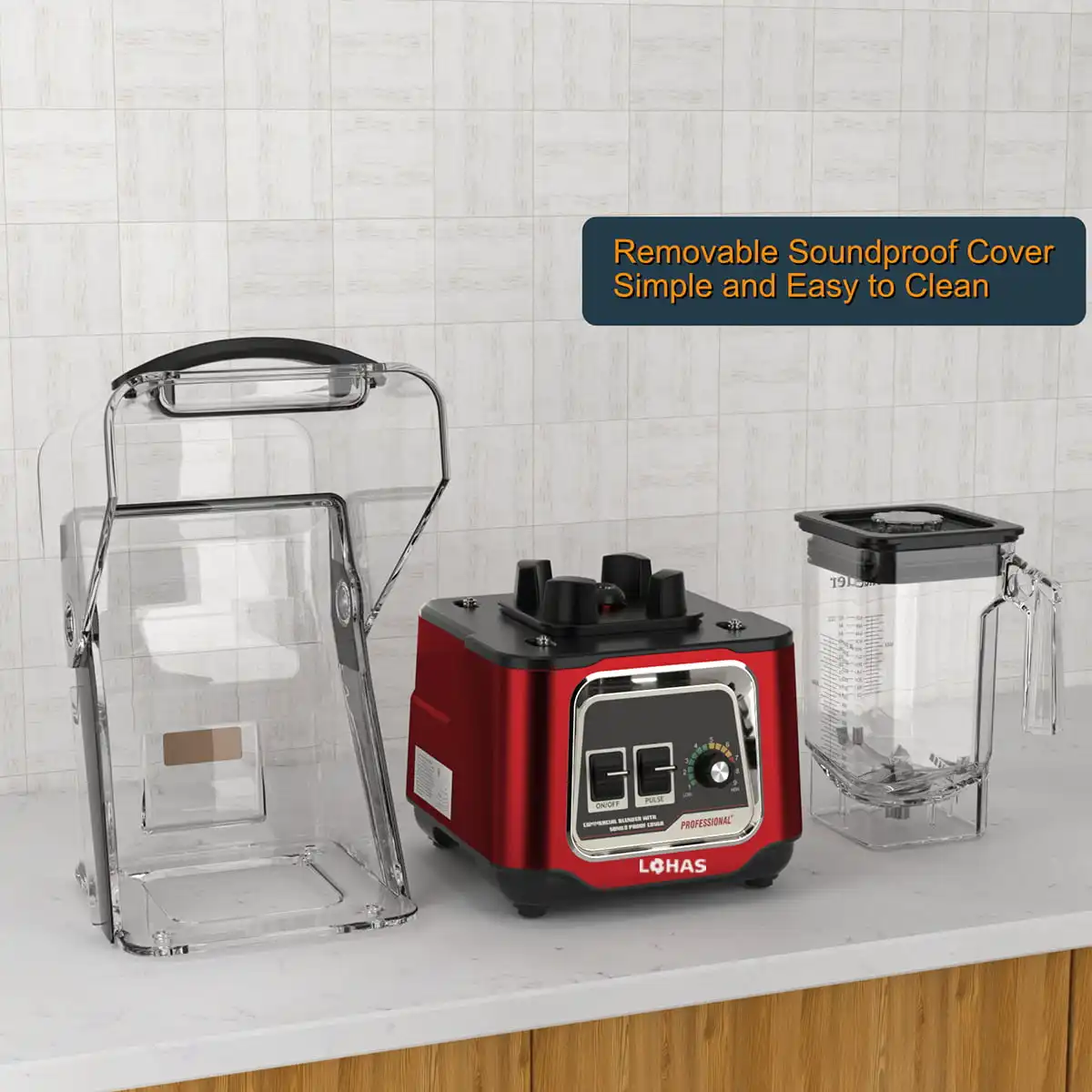
Applications Across Different Food Businesses
Smoothie Bars and Juice Shops
For smoothie-focused businesses, a commercial blender machine is the backbone of operations. It can crush ice, blend fibrous fruits, and mix in powders seamlessly, ensuring the perfect texture for every drink. Speed and consistency are vital for maintaining brand quality.
Restaurants and Catering Services
In full-scale kitchens, commercial blenders are indispensable for preparing sauces, dressings, and purees. They also help in pre-prepping ingredients, which speeds up the cooking process and ensures uniform flavor throughout dishes.
Long-Term Investment Value
Energy Efficiency and Cost Savings
Modern commercial blender machines are designed to operate efficiently without excessive power consumption. This not only reduces the electricity bill but also aligns with sustainable kitchen practices. Investing in energy-efficient equipment offers both environmental and financial benefits.
Supporting Blender Machine Lifespan
Proper maintenance and use of accessories contribute significantly to extending a blender machine's lifespan. Regular cleaning, blade inspections, and appropriate storage methods are crucial. Choosing models with replaceable parts and easy-to-clean components also supports longevity.
Enhancing Operational Workflow
Streamlined Food Preparation
Commercial blenders reduce manual prep time by efficiently processing ingredients. Whether it’s chopping, pureeing, or emulsifying, tasks that would normally take minutes can be completed in seconds. This streamlining allows chefs to focus on creativity rather than labor-intensive tasks.
Versatility in Daily Operations
From breakfast to dinner service, a commercial blender machine adapts to every menu need. It can prepare pancake batter in the morning, salad dressing at noon, and creamy desserts in the evening. This adaptability makes it a key part of any all-day kitchen operation.
Key Considerations When Choosing a Commercial Blender Machine
Blade Design and Motor Strength
One of the most important aspects to assess is the blade configuration and motor capability. High-performance motors combined with sharp, angled blades can handle harder ingredients like nuts or frozen fruit without jamming. This ensures smooth and efficient blending.
Jar Material and Capacity
Jar material affects durability and ease of cleaning. Tritan plastic and stainless steel are common choices for commercial blender jars. The size of the jar should match the volume requirements of your kitchen, ensuring you don’t overfill or underutilize the blender during busy hours.
Maintenance Best Practices for Blender Longevity
Daily Cleaning and Care
To protect the blender machine's lifespan, cleaning it after every use is critical. Neglecting this step can cause food buildup, odor, and even cross-contamination. Use warm water and mild detergent, and avoid abrasive cleaning tools that may scratch the container or blades.
Routine Checks and Part Replacement
Inspect the blender regularly for wear and tear. Loose blades, damaged gaskets, or cracked containers should be replaced immediately to avoid machine failure. Keeping spare parts on hand helps reduce downtime during peak periods.
Safety and Hygiene Standards
Meeting Food Safety Regulations
Commercial blenders used in kitchens must comply with food safety guidelines. This includes using BPA-free materials and ensuring the unit is NSF-certified. Compliance not only protects the health of customers but also safeguards the business from potential liability.
Preventing Operator Injury
Using safety features like interlocking lids and automatic shutoff mechanisms minimizes the risk of accidents. Employees should also be trained on proper usage techniques, including how to secure the jar and operate the machine under high loads.
Elevating the Culinary Experience
Consistency in Product Quality
Customers return for consistency. A reliable commercial blender machine delivers uniform results with every use, whether it’s the texture of a smoothie or the smoothness of a puree. This consistency strengthens brand reliability and builds customer loyalty.
Creative Possibilities for Chefs
A powerful blender encourages innovation in the kitchen. Chefs can experiment with nut butters, infused oils, and international sauces, elevating the culinary offering without the need for additional equipment. This opens up new menu possibilities and enhances overall dining experiences.
Frequently Asked Questions
How long does a commercial blender machine typically last?
With proper maintenance and regular part replacement, a commercial blender machine can last between five to ten years. Its lifespan depends on the frequency of use and care practices.
What is the best way to clean a commercial blender machine?
The most effective way to clean a commercial blender machine is to rinse it immediately after use with warm water and mild detergent. For thorough cleaning, disassemble removable parts and wash them individually.
Can a commercial blender machine be used for hot ingredients?
Yes, many commercial blender machines are designed to handle hot liquids, especially those made of heat-resistant materials like stainless steel or tempered plastic. Always follow the manufacturer’s instructions.
What safety features should I look for in a commercial blender machine?
Key safety features include automatic shutoff, interlocking lids, overload protection, and non-slip bases. These features prevent accidents and improve overall kitchen safety.
Table of Contents
- Blending Innovation with Daily Culinary Needs
- Core Benefits of Using a Commercial Blender Machine
- Features That Set Commercial Blenders Apart
- Applications Across Different Food Businesses
- Long-Term Investment Value
- Enhancing Operational Workflow
- Key Considerations When Choosing a Commercial Blender Machine
- Maintenance Best Practices for Blender Longevity
- Safety and Hygiene Standards
- Elevating the Culinary Experience
- Frequently Asked Questions

